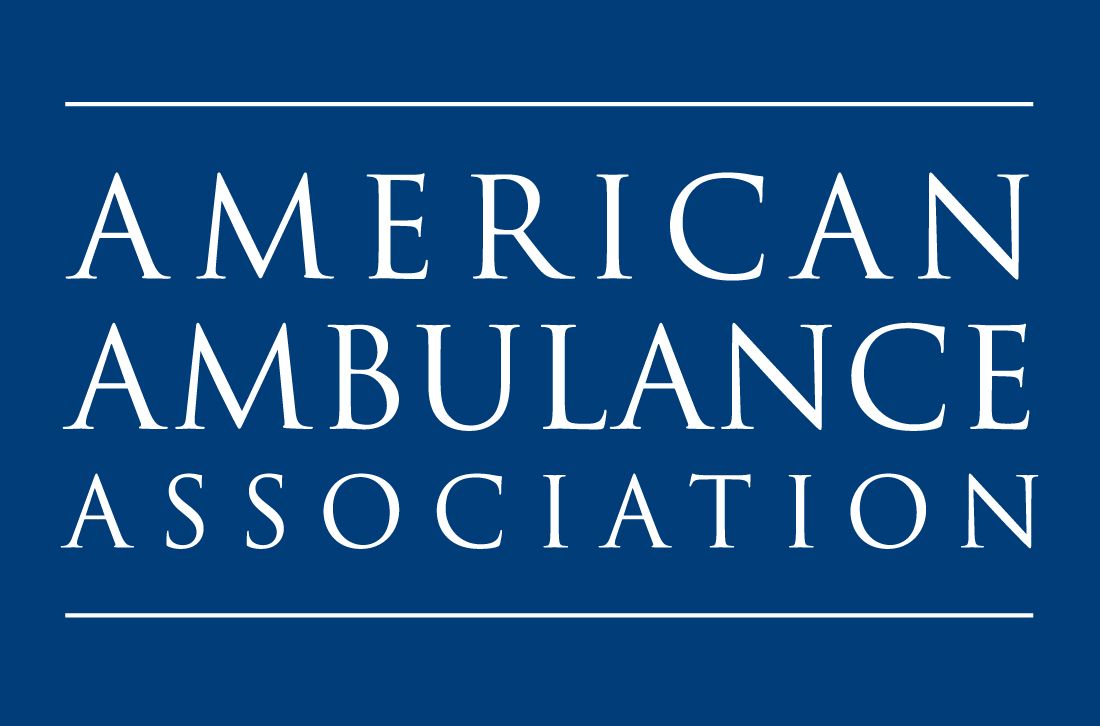Chabot College

Initial EMT Certification Process
Upon successful completion of the EMT course (Emergency Medical Services – EMS 3), the student must successfully pass the National Registry of Emergency Medical Technicians (NREMT) certification examination and complete an EMS agency application for certification within 23 months of the last day of class.
Chabot College does not certify a student to be an EMT.
We provide you with the necessary coursework and information regarding applying for certification. Only an EMS agency can certify someone as an EMT. An EMT certificate is good statewide, and certification can be completed through any California Local EMS Agency.
EMS 3 – Emergency Medical Technician Academy ( 9.00 – Units )
Provides training in the foundational skills and knowledge required of the EMT-B scope of practice. The EMT-B certification is the minimum requirement for ambulance attendants and most entry level firefighter positions. EMT-B certification is also required for entry into paramedic training. This training program is accredited by the Alameda County Emergency Medical Services Agency. This course enrollment also requires: evidence of immunizations for Measles, Mumps and Rubella, Hepatitis B series, Flu, Covid, Varicella and dTap. You must also provide a negative TB test. Current BLS for healthcare provider is also required. May not receive credit if Health 81 or EMS2&2W has been completed.
Student Learning Outcomes (SLO)
Upon completion of the course the student should be able to demonstrate the cognitive ability to successfully complete the NREMT exam.
Identify life-threatening emergencies.
Demonstrate the skills involved in performing a thorough patient assessment.
Apply the components of the essential patient information in a written report.
Upon completion of this course, the student should be able to:
explain the roles and responsibilities of the EMT-B;
perform rapid, comprehensive, and accurate patient assessments;
perform with competence a medical patient assessment for each of the body systems, such as cardiovascular, respiratory, integumentary, immunological or urinary;
use the knowledge acquired from the course to recognize any medical or traumatic emergency and perform BLS skills appropriately;
describe functioning within the Alameda County EMS System and the established policies, procedures and protocols;
describe conditions and situations that require pre-hospital care and/or stabilization;
describe and manage effective multi-casualty incident/disaster management;
demonstrate proper use and maintenance of all equipment used by the EMT-B;
explain the medical/legal aspects of emergency care and issues related to proper documentation, confidentiality, and ethics;
assist paramedics with the delivery of advanced life support within the EMT-B scope of practice;
prevent disease transmission through the use of body substance isolation;
discuss briefly wellness issues such as stress management, body mechanics, lifting techniques, and use of personal protective equipment;
demonstrate effective removal of potentially cervical spine injured victims from a variety of vehicles;
define triage, and implement the S.T.A.R.T (simple triage and rapid treatment) process;
define a disaster;
define and demonstrate Tactical Casualty Care;
demonstrate knowledge of Incident Command and how agencies are integrated into tactical operations;
demonstrate appropriate casualty care.
perform with competence a trauma patient assessment for any mechanism of injury such as a broken windshield, a fall from a distance, or blunt force trauma;
demonstrate how to properly manage an airway during a respiratory emergency;
differentiate and perform patient assessments of infants, children, adults and geriatrics in a proper manner;
properly demonstrate documentation of a patient care report.

